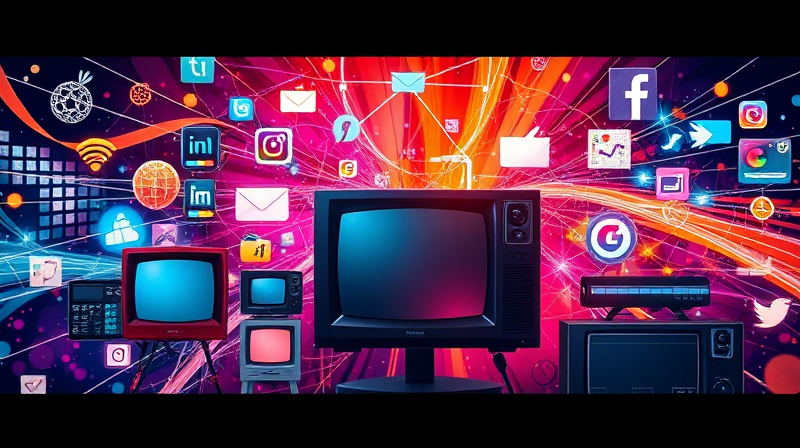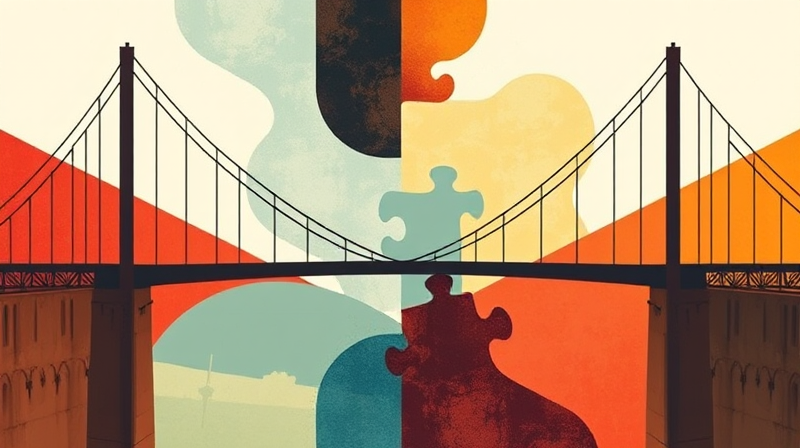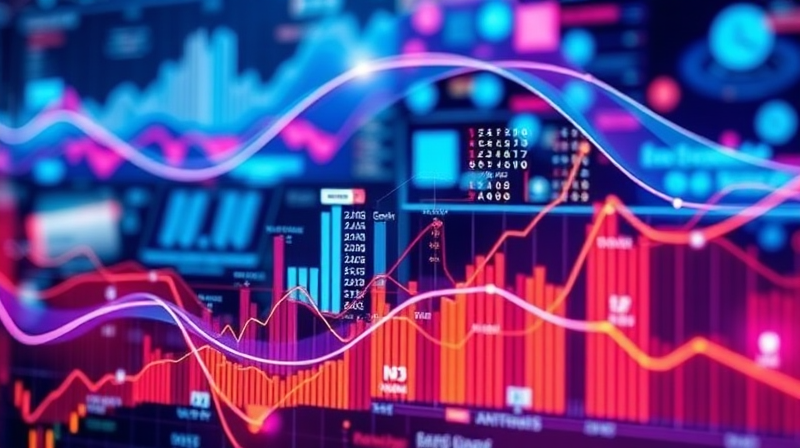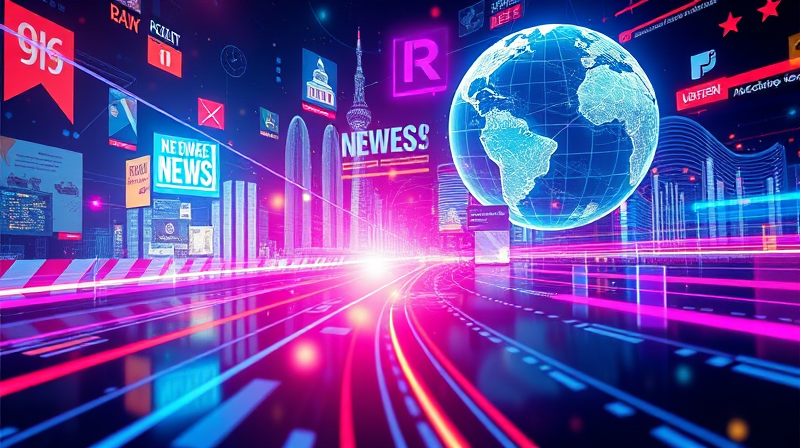In today’s digital era, the diverse ways in which media influences public opinion have become a central topic of discussion. With the rapid evolution of digital communication, understanding how media shapes our collective perceptions is more important than ever.
This article offers an accessible exploration of the shifts in media trends, while examining how both traditional and new media platforms affect our views. In this interconnected age, information flows steadily from multiple sources, and each format carries its unique advantages and challenges.
Understanding the Shift in News Consumption
The rise of social media platforms marks one of the most significant changes in information dissemination. Data from recent surveys indicates that platforms such as Facebook, YouTube, and TikTok are increasingly becoming primary news outlets, especially among younger audiences. The growing reliance on these platforms for news underscores a significant cultural shift in how information is consumed.
Younger generations are progressively turning to social media not just for entertainment, but also for news and up-to-date information. This largely explains why recent surveys report that over 50% of individuals in specific age groups now follow news through social feeds, a trend that has only accelerated in the past few years.
These changes call for an exploration of both the positive aspects and the concerns associated with social media as a news source. While these platforms democratize information, they also expose users to the hazards of misinformation and potential manipulation.
Impact on Public Opinion and Democracy
One of the most debated topics in modern society is how social media shapes public discourse and affects democratic processes. Many experts agree that while digital platforms have opened up new avenues for civic engagement, they have equally enabled circumstances where political manipulation and polarization can spread widely.
Emerging statistics indicate that views on the impact of social media vary. For example, while many believe that social media provides a more dynamic engagement with political processes, substantial numbers—especially in regions like the United States—express the opinion that these platforms risk undermining democratic values by encouraging divisiveness.
- Manipulation: A majority of individuals across several nations think that access to digital media has made them more easily influenced by false information.
- Political Division: Many have observed that social media often intensifies existing political differences.
- Decline in Civility: There is increasing concern over less civil discourse in political discussions, as heated exchanges become more frequent online.
These findings highlight the complex role that media plays—not just as a transmitter of news but as a powerful force in molding opinions and, by extension, the very structure of society.
Traditional Journalism in a Digital Landscape
The evolution of media is not only marked by the rise of digital platforms but also by the challenges faced by traditional news organizations. Traditional journalism continues to be an essential pillar in the dissemination of accurate, verified information.
Despite significant challenges, including economic pressures and technological disruptions such as the rise of artificial intelligence and shifts in search engine algorithms, established news outlets remain trusted sources of news. However, the digital era has forced these institutions to innovate in order to sustain their relevancy amid a booming ecosystem of amateur and professional content production.
Journalists are now also adapting to the broader digital environment by engaging with audiences on social platforms, which in turn has blurred the lines between traditional reporting and personal commentary. This fusion of styles benefits the public through a richer, more varied media environment, but it also raises critical questions about objectivity and factual accuracy.
The Influencer Effect and the Future of Media
The impact of social media is not limited to large platforms; it extends to individual voices and influencers who are now pivotal in content creation. These influencers play an increasingly important role in shaping opinions and distributing information, effectively becoming modern-day opinion-leaders.
Influencers and independent creators harness the power of storytelling and personal branding to attract and retain audiences. Their rise suggests that traditional news can serve as a foundation for a more diverse and interactive media experience. Nonetheless, this shift brings responsibilities for both media producers and consumers to verify facts and maintain high standards of integrity in reporting.
Addressing News Fatigue and Stimulating Constructive Engagement
In the fast-paced world of continuous news cycles, news fatigue has emerged as a significant concern. Both audiences and journalists can become overwhelmed by the sheer volume of information, leading to decreased engagement and skepticism regarding the news.
Innovative strategies are in place to tackle this issue. Many media organizations are experimenting with solutions journalism, which prioritizes explanatory reporting and contextual storytelling over sensationalism. This approach aims to provide balanced perspectives and foster constructive dialogue among diverse audiences.
Moreover, new storytelling techniques and multimedia formats are being adopted to keep readers engaged without contributing to the constant barrage of data that can lead to fatigue. These changes help ensure that the public remains informed without feeling overwhelmed, thereby supporting a more mindful consumption of media.
Overall, the interplay between traditional journalism and social media has created a dynamic and complex media landscape. As information continues to be both universally accessible and rapidly disseminated, the responsibility lies with media producers to enhance transparency, and with audiences to engage critically with the content they consume.
The evolution of media is not only redefining news consumption; it is also shaping the very framework of public discussion and democratic engagement. By understanding this evolution, individuals can better navigate the modern information environment and contribute to a more informed and united society.
In conclusion, the transformations occurring within the media environment hold lessons for everyone. Whether through enhancing the delivery of accurate news or combating the spread of misinformation, the future of media lies in the hands of an engaged, critical, and creative society.








